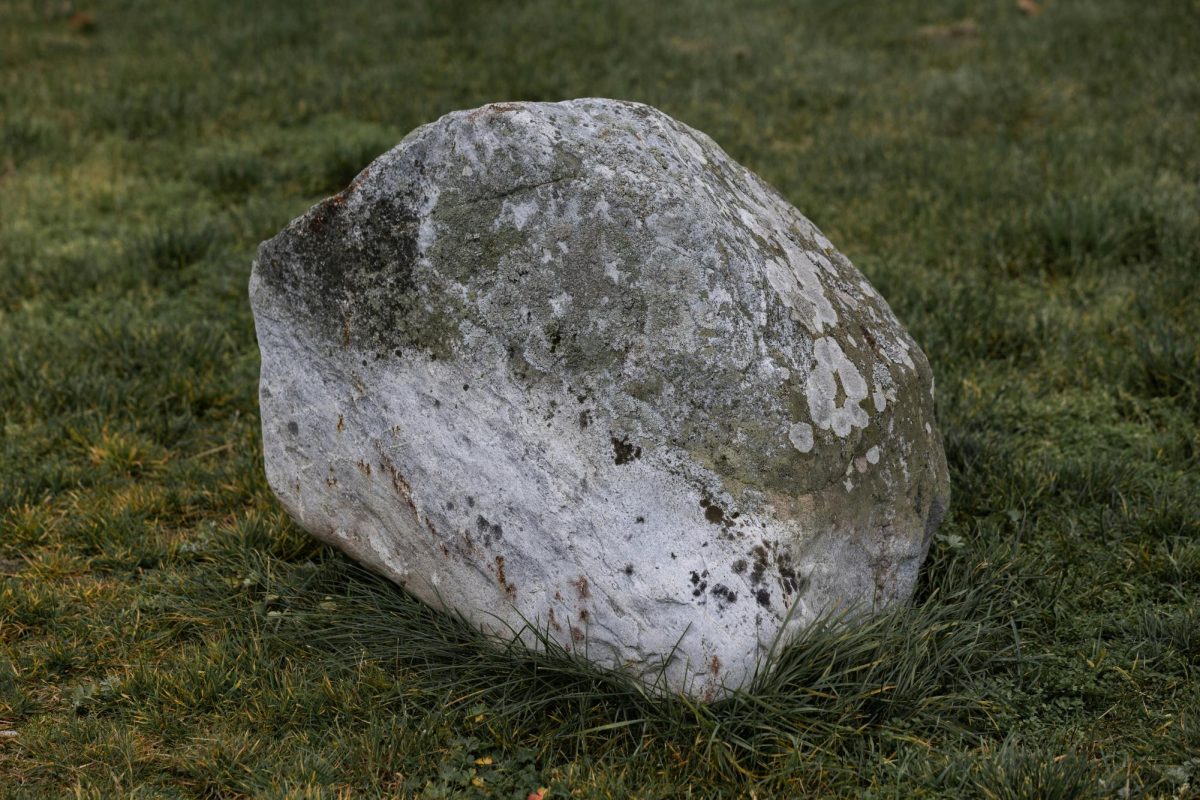In 2021, the New York Times word guessing game “Wordle” took the world by storm. While similar brain-teasers have been very popular among all generations for a long time, with around 3 million players worldwide and an extensive online fan base, Wordle definitely is an out of normal phenomenon.
The game was created in 2013 by software engineer Josh Wardle, who initially invented it to play with his partner. After making it public in October 2021, the game rose from about 300,000 enthusiasts to about 1.2 million in just one week. For such an exponential increase in players, the gameplay is surprisingly simple: Players must guess Wordle’s daily solution one five-letter word at a time in a maximum of six tries. If one of the letters is in the word, but not in the correct spot, it is colored in yellow. If it is in the correct spot, the box turns green.
What catapulted Wordle to fame was the ability to share your daily results on Twitter in the form of emoji squares. Many of these tweets went viral, influencing many others to start playing the daily brain teaser as a refreshing contrast to apps constantly fighting for your attention. Wordle reminds users of simpler internet times, where they didn’t have to fear for their data to be sold, an article by the Guardian states.
In Wardle’s opinion, people like this game because while being demanding, it is still accessible: “Even though I play it every day, I still feel a sense of accomplishment when I do it: it makes me feel smart, and people like that.” As an avid Wordle player myself, I agree. The game’s simplicity and intuitiveness are the main reasons it is such an attractive activity. The anticipation for being able to play again the next day and the ability to develop own strategies are two more ways of how Wordle manages to cast a spell over its loyal players.
While every Wordler’s strategy is a matter of personal preference, there are methods based on math and probability that will guarantee you a win. The most well-known approach is to start with a word that contains many vowels – “Alien” or “Radio”, for example. This way, players effectively narrow down potential solutions. The second guess, however, is just as important as the first. Here, you want to use different letters than you did in your first guess. If you used “Alien”, you could play “Shout”. By using different, non-gray letters, you can eliminate the largest possible number of outcomes in just two tries. Other ways of solving the puzzle as effectively as possible is to check for the most common letters or letter combinations. In English, “e” appears in more than 7000 5-letter words, usually being the last letter. Common consonants are s, r, l, t and n, appearing in more than 3000 5-letter words. Letters that often go together are for example t and h, f and l, or e and a. After solving the puzzle, it is also worth checking your “Wordlebot” analysis: this software analyses your guesses, rating them based on skill and luck, and gives you tips and tricks of how it would have solved today’s Wordle, that can be very useful for future games.
Wordle’s loyal audience does not give the impression of stopping puzzling anytime soon. The game’s chokehold on the internet is so strong, it has even spread out to other topics, such as “Wordle”, a country guessing game, or “Bandle”, where you have to guess a song, accounting for any and all interests.







